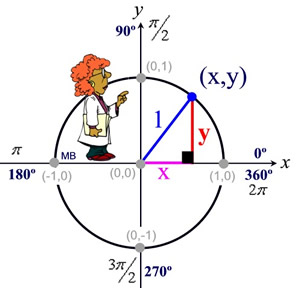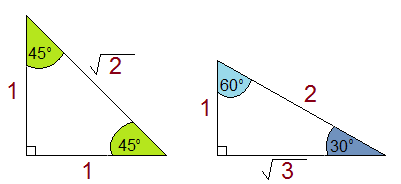I’ve learned a lot this year in my math class. This blog post is dedicated to the top five things I’ve learned.
1. Geometric Sequences and Series
Geometric Sequences and Series are pretty cool. You can do some fancy math magic with the formulas. A geometric sequence is when each term after the first term is multiplied by a constant to determine the next term. For example, the sequence “2, 4, 8, 16, 32” is geometric. The common ratio is what the number is being multiplied by. In this case, it is four. The formula to determine a term in a geometric sequence is , with a being the first term, and r being the common ratio.
While a geometric series is when you add all the numbers together up to a certain term. For example, in the geometric series “3, 9, 27, 81”, is 363. You can calculate geometric series with the formula
2. Graphing Absolute Values

Graphing an absolute value is pretty cool. It’s almost just like a regular graph, except anything below the x-axis is
reflected above the x-axis. They look pretty neat, and you can do this with linear and quadratic equations! An equation with absolute values looks something like y=|x+3|.
3. General Form, Standard Form, and Factored Form
So there’s three different forms of quadratic expressions and equations. You’ve got general form, which is the one that we tend to see the most. You’ll remember it from grade 10. . Standard form is my favourite, as it is tends to give you the most information. You can see the scale, the horizontal and vertical translation, the vertex, the axis of symmetry, and more! It’s represented with
. Factored form can give us the solutions to the parabola, which is a fancy word for where the parabola intersects with the x-axis. Factored form looks like
4. The Quadratic Formula
That’s a mouthful, isn’t it? The quadratic formula is used what you have a quadratic expression that just does not factor nicely at all. While you’ll get answers like , it’s actually the nicest answer you’re going to get without a calculator. It’s also the exact answer, since if you put your answer down in decimal, you’re actually rounding off numbers, meaning your answer is inaccurate.
5. Graphing reciprocal functions
They’re SUPER weird. But they’re kinda cool. Reciprocal is a fancy word for flip. For example, the reciprocal function of x+4 is Now describing what it looks like is near-impossible to describe… So take a look at it below. It’s scary, and after grade 11 is over, I want nothing to do with it for three months..





 Say you had this triangle. You want to find the angle of B. Well, that makes the 5cm side the opposite side, and the 7cm side the hypotenuse. We don’t know how long the adjacent side is, so we can’t use that. So which ratio can we use? We can use Sine, because
Say you had this triangle. You want to find the angle of B. Well, that makes the 5cm side the opposite side, and the 7cm side the hypotenuse. We don’t know how long the adjacent side is, so we can’t use that. So which ratio can we use? We can use Sine, because 




